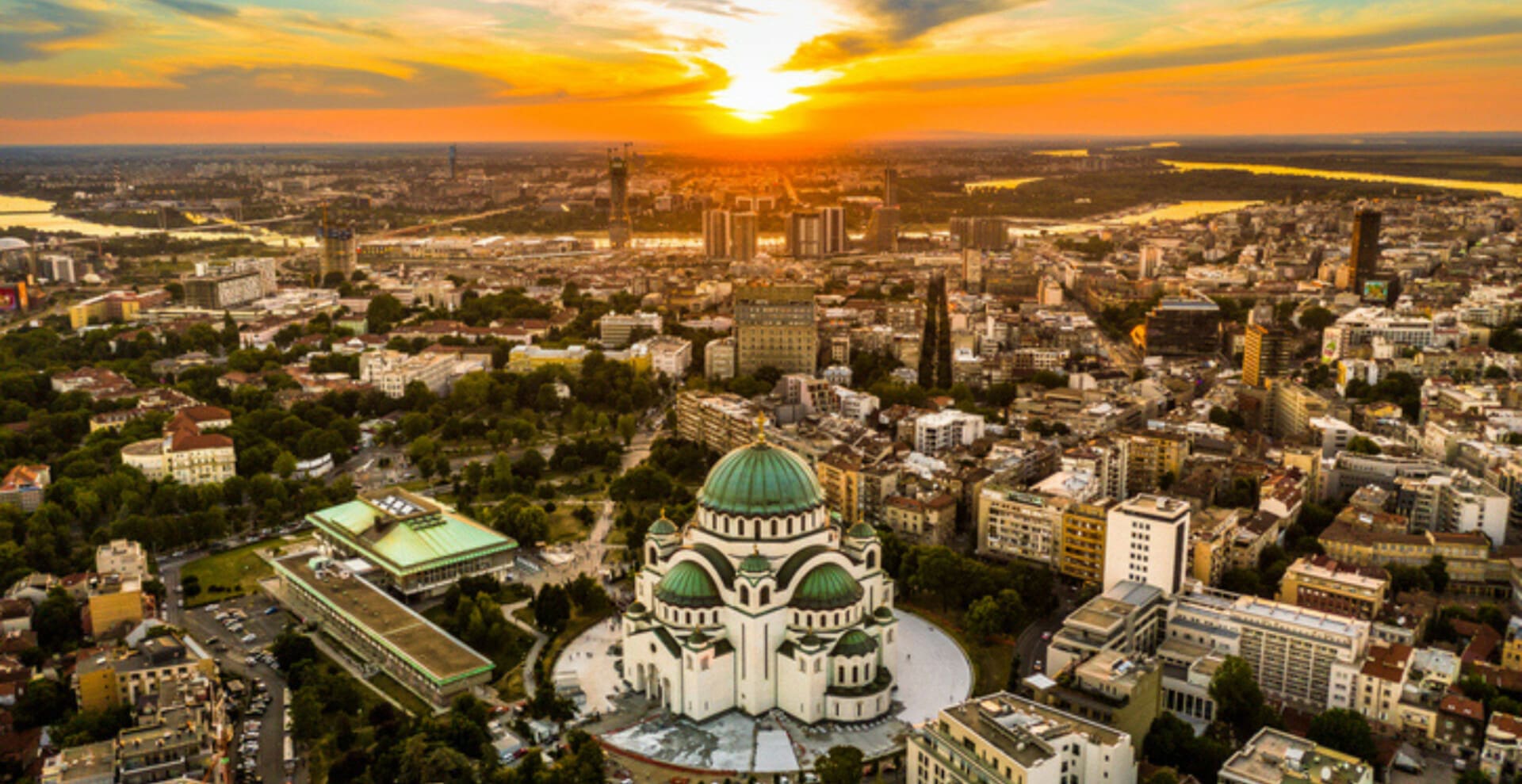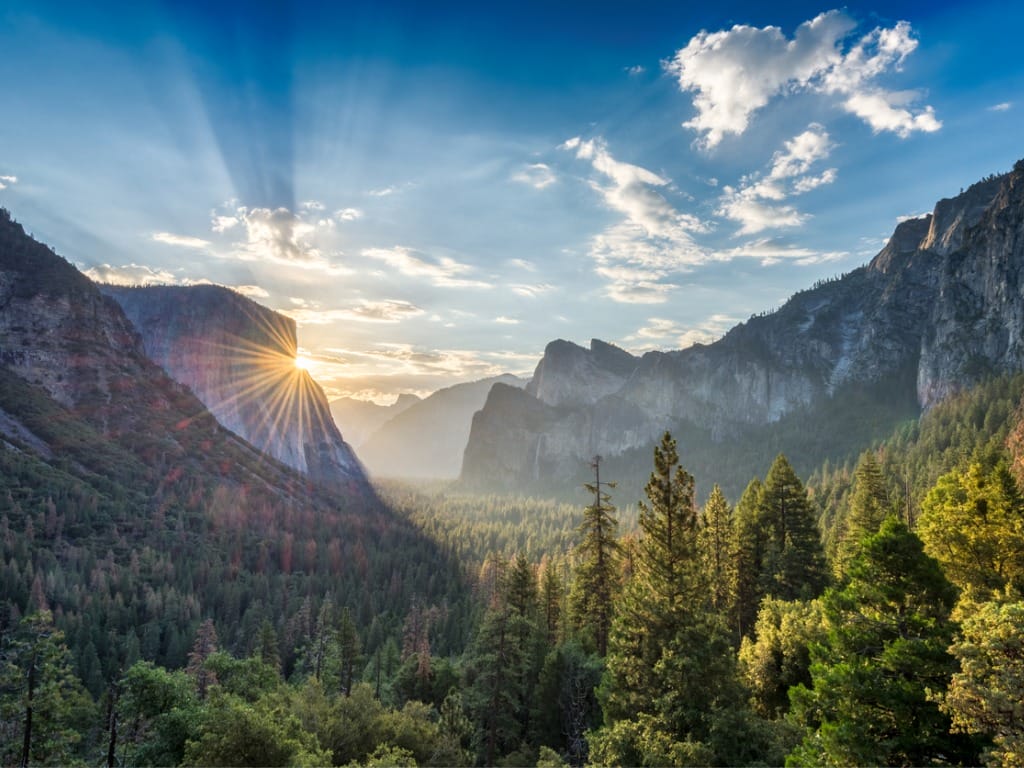In the current age of traveling, people are looking to explore countries that are less-known and off the beaten path. We all know of the Eiffel tower in France, the crystal-clear beaches of Greece, the world-famous cuisine of Italy, but what do we know of Serbia? For many of us, the answer is not very much, but that is going to change! Similar to learning about and trying a new food, we will journey to the Balkans and familiarize ourselves with this unique country tucked away in eastern Europe. Join us as we delve deeper into a country bristling with beauty, history, art and culture.
Belgrade Fortress and Kalemegdan Park

Situated on a hill at the confluence of the Sava and Danube Rivers, the fortress and Park encompass a large area of land. The fortress itself was built and re-built over the course of the many centuries. Constructed in the 2nd century and up until the 18th century, the park and fortress represent the city itself and the various influences of different ethnicities and nationalities. The fortress itself sits atop a 412ft ridge that overlooks the city. It provides a perfect vantage point for those looking to view Belgrade in all its glory. Although many times referred to in the same breath as the fortress, Kalemegdan Park, was unofficially established in 1869. Belgrade’s Emilijian Josimovic took an interest in the area immediately outside of the fortress, which was a field. Eventually King Milan ordered the levelling and clearing of the terrain which was when Kalemegdan Park began to take shape. It has since become a popular destination for both locals and tourists alike.

The Studenica Monastery was established sometime in the late 12 century by Stevan Nemanja, founder of the medieval Serb state. The monastery was fortified and includes two churches: The Church of the Virgin and The Church of the King. From the outside it would be hard to tell that the church is not a fortress, but once you get inside you see the see beautiful religious art that is one of the reasons for the church’s fame and popularity. With paintings spanning from the 12th – 15th centuries, it truly is a way to transport yourself to the past. Tours are available for those interested in getting the full Serbian experience and additional historical details.

Davolja Varos, also referred to as Devil’s Town, is a natural rock formation of a couple hundred towers located in the Radan Mountains. These towers are the result of erosion and volcanic activity over the course of millions of years. There are also two acidic springs located close that are known to improve some health ailments: Zito Vrele (Wheat Spring) and Djavolja Voda (Devil’s water). Perhaps the fountain of youth can be found here? You’ll only know the answer once you explore for yourself. Tours are available but prices fluctuate depending on the number of guests, so be sure to do your research before going.

Although Serbia has quite a history, dating back to antiquity, it’s also a modern country with plenty of activities to enjoy. And if a little comfort and luxury is more your speed, Belgrade is the place to be. Modern and historic, it offers the best of both worlds. Freestyler and Club Stefan Braun offer you the opportunity to dance and drink the night away to top DJ’s and with delicious drinks. But before you head out to the clubs, it might be best to fuel up for your night out by having some authentic Serbian dishes. Homa and Ambar are two establishments that offer Serbian and Balkan cuisine that should help to keep you energized with delicious meals. You wouldn’t want to sacrifice a comfortable sleep just because you are away from home. Square Nine Hotel Belgrade and Metropol Palace are two great options to rest your weary head and prepare for the next day’s adventures.

If you’re willing to travel a little further (approximately 230 km from Belgrade), you’ll find yourself in Kopaonik National Park. Aside from being one of the largest ski resorts in Serbia, the park is also a significant center for biodiversity of endemic flora in Serbia. Natural snow coverage lasts from November to May, but the mountain is also equipped with snow making machines. During the summer, the mountain is open to walking tours, monastery tours, riding, hiking, wine tours and rafting.
A trip to Serbia promises diverse experiences, from exploring historical sites to enjoying local cuisine and hospitality. It’s an opportunity to discover a unique blend of culture and natural beauty. Add Serbia to your travel list and explore real happiness!



